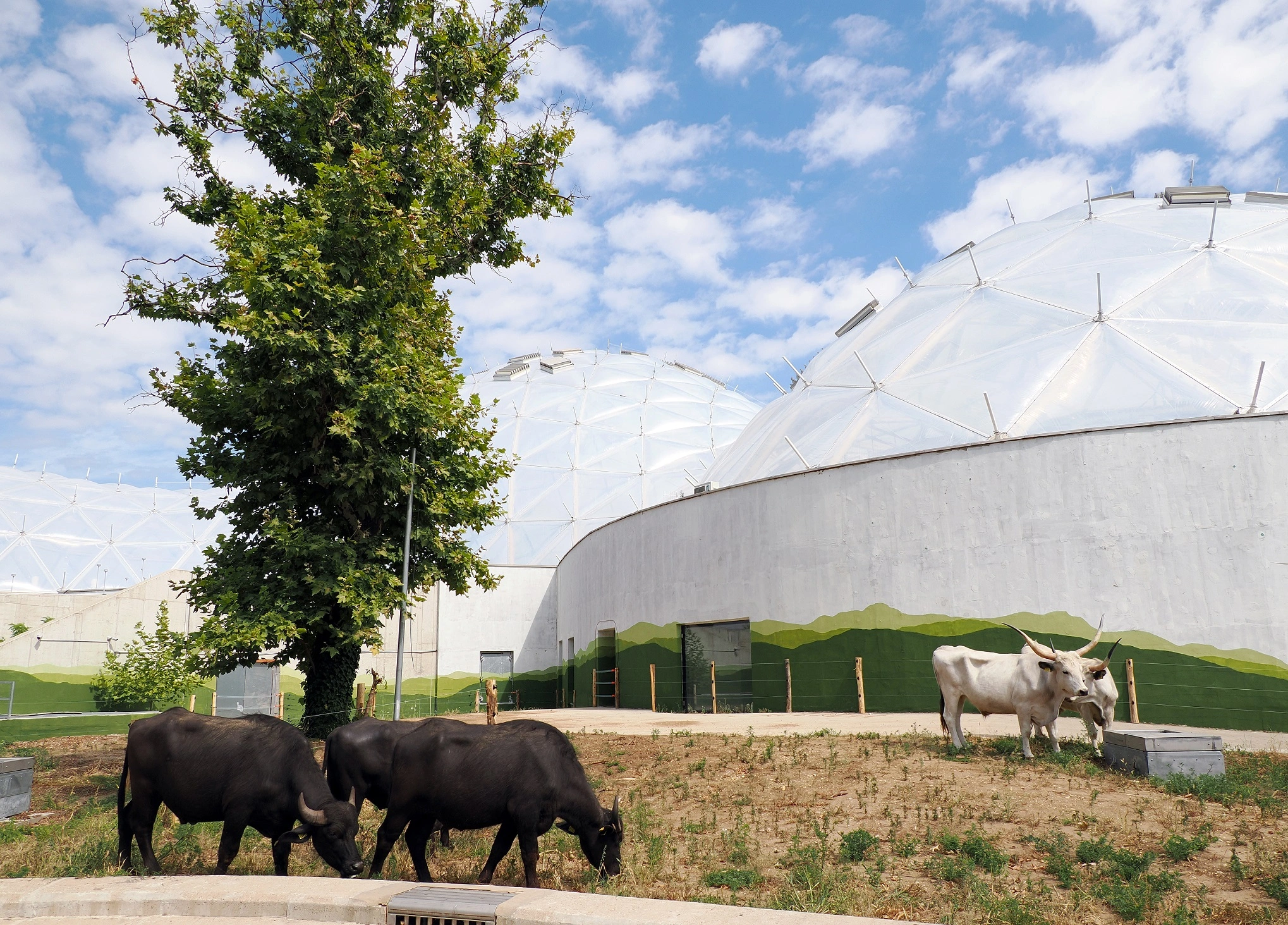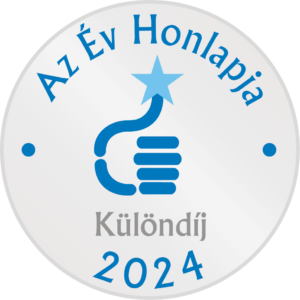Mától még nagyobb területen és még több állattal várunk Benneteket. A reggeli nyitás óta ugyanis már látogathatók a Biodóm szabadtéri kifutói is. Az itt bemutatott állatok közül a bivalyok és a szürkemarhák több évtizednyi szünet után láthatók ismét.

Aki figyelemmel kíséri Állatkertünk híreit, emlékezhet rá, hogy már tavasszal bejelentettük, az idén szeretnénk legalább ideiglenesen benépesíteni a Biodómhoz tartozó kültéri kifutókat. A szándékunk az volt, hogy addig is, amíg a Biodóm beruházás szünetel, a területet használhassa a közönség, és ott állatok, látnivalók, élmények várják a látogatókat.
Persze a Biodóm egészéhez hasonlóan ezek a kifutók sincsenek még teljesen készen, még ha igen előrehaladott műszaki állapotban is vannak. Ez azt jelenti, hogy az eredetileg ide szánt állatokat, elefántokat, orrszarvúakat, törpecsimpánzokat és társaikat most még nem tudjuk bennük bemutatni. De az megoldható volt, hogy alkalmassá tegyük a kifutókat néhány más, szintén érdekes állat számára, hogy a területet addig is értelmes, Állatkertünk küldetésével összeegyeztethető célokra használhassuk.
A mai naptól látogatható, újonnan megnyílt bemutató zóna legnagyobb újdonságai a magyar szürkemarhák és a bivalyok. Állatkertünk története során ugyan nem először mutatjuk be őket, de közönségünk utoljára több mint negyedszázaddal ezelőtt láthatott ilyen állatokat. A zóna további kifutóiban a sörényes juhok, illetve a tevék számára alakítottunk ki a korábbinál tágasabb férőhelyet.
A sörényes juhok neve kissé megtévesztő, mert ezek az állatok a kecskékkel állnak a legközelebbi rokonságban (habár a juhok sem sokkal távolibb rokonaik). Afrika északi részén, sivatagos, félsivatagos területen őshonosak, és jól érzik magukat a hegyvidéki, sziklás élőhelyeken is. Ennek alapján nem meglepő, hogy még a nehéz, sziklás terepen is akrobatikus ügyességgel közlekednek, és igen jól viselik a meleget, a szárazságot.
Ebben a tevék is hasonlítanak rájuk, akiknek a szárazságtűrése egyenesen legendásnak mondható. Ráadásul a nálunk látható kétpúpú tevék a hideget is jól bírják, hiszen eredeti őshazájukban, Ázsia belsejében nemcsak a szárazsághoz és a meleghez, hanem a hideg telekhez is alkalmazkodniuk kellett.
Persze ezeket az állatokat, a tevéket és a sörényes juhokat rendszeres látogatóink jól ismerhetik, hiszen az elmúlt évtizedekben is állandó lakói voltak Állatkertünknek. A bivalyok és a szürkemarhák tartása, bemutatásába viszont sokéves szünet után fogtunk bele újra. Ezért ezekről az állatokról érdemes bővebben is mesélnünk. Az elkövetkező napokban mindegyikünknek egy-egy cikket szentelünk majd, szóval megéri nyomon követni honlapunk aktuális híreit, és Állatkertünk közösségi média felületeit is.
Iratkozz fel hírlevelünkre és értesülj elsőként újdonságainkról, programjainkról és friss híreinkről!

